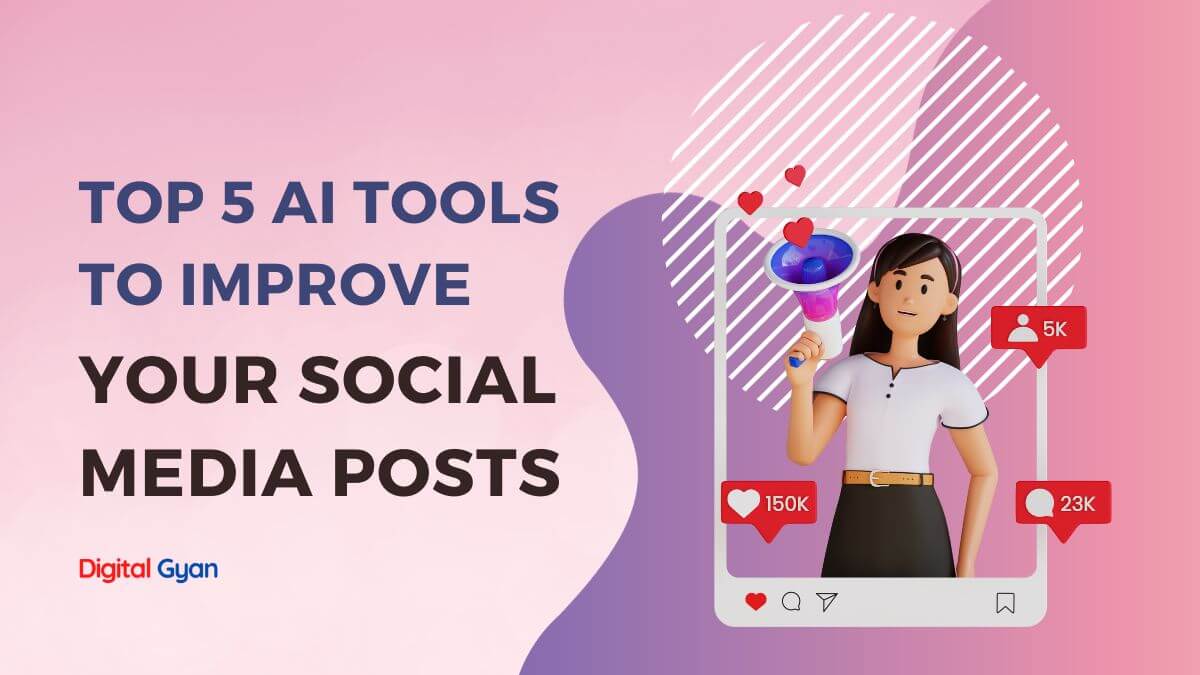What are the Differences Between Vector and Bitmap Images
Understanding the distinction between vector and bitmap images is essential when designing digital graphics. Whether you are a professional designer or simply inquisitive about the world of graphic design, this blog post will equip you with the knowledge you need to make informed decisions regarding your creative projects. Today, we will discuss the features, applications, and benefits of these two image formats.
By the end of this post, you will have a thorough comprehension of the differences between vector and bitmap images, as well as how to select the most appropriate format for your particular needs.
Table of Contents
Definition and Characteristics
Vector images are created using mathematical equations instead of pixels, making them resolution-independent. This means that no matter how much you scale them up or down, they retain their smooth edges and crispness. In addition to scalability, vector images boast a compact file size and do not lose quality when enlarged or manipulated. This lossless property is particularly useful for applications such as logos, icons, and illustrations.
Bitmap images, also known as raster images, are composed of tiny colored squares called pixels. Unlike vector images, bitmap images are resolution-dependent and may lose quality when resized or manipulated. The size of a bitmap image file depends on its dimensions and color depth, and they tend to be larger in size compared to vector images. Bitmap images are preferred for photographs and realistic images where precise detailing and subtle nuances are necessary.
Creation and Editing
Creating and editing vector images requires specialized software such as Adobe Illustrator, CorelDRAW, or Inkscape. These programs allow designers to create and manipulate shapes, lines, and curves using mathematical equations. The flexibility of vector editing offers advantages such as easy modification of the image elements and the ability to resize the image without any loss of quality. However, the complexity of designing intricate details or realistic textures can be challenging in the vector format.
Bitmap images can be created and edited using a wide range of software, including Adobe Photoshop, GIMP, or Paint.NET. These programs allow users to manipulate individual pixels, resulting in precise control over every aspect of the image. The inherent nature of bitmap images makes them suitable for editing realistic images with complex textures, shadows, or gradients. However, since each pixel must be modified individually, significant edits can sometimes result in loss of image quality or undesirable artifacts.
Usage
Vector images are often the go-to choice for designers when creating logos, icons, or illustrations. Their scalability is especially valuable when working with various mediums, such as print, websites, or mobile applications. Vector images allow for easy resizing and adaptability, ensuring consistent visual quality across different screen resolutions and print sizes.
Bitmap images are best suited for photographs and realistic images, where the focus is on capturing intricate details and nuances. Their resolution-dependent nature makes them ideal for conveying subtleties in lighting, texture, and color variations. Bitmap images find extensive usage in digital media, such as website backgrounds, as well as in printed materials like magazines, brochures, and posters.
Storage and Compression
Vector images are typically stored in formats such as SVG (Scalable Vector Graphics) or PDF (Portable Document Format). Due to their mathematical nature, vector images have small file sizes, making them easy to store and transfer. Moreover, since vector images do not rely on individual pixels, they do not require compression to maintain quality.
Bitmap images are commonly stored in formats like JPEG, PNG, or GIF. Since bitmap images consist of individual pixels, their file sizes can be significantly larger compared to vector images. To reduce file sizes, bitmap images can be compressed using various methods, sacrificing some quality in the process. Balancing file size and image quality becomes crucial depending on the intended usage, whether it be for a website, online publication, or print media.
Conclusion
Understanding the differences between vector and bitmap images is essential for anyone working with visual content. Vector images offer scalability and lossless quality, making them ideal for logos and illustrations. On the other hand, bitmap images excel at capturing intricate details and are commonly used for photographs and realistic images. By considering the characteristics, creation and editing process, usage, and storage options, you can leverage the strengths of each image format to maximize their potential in your projects. So, embrace the power of vector and bitmap images, and let your creativity reach new heights!
![8 Best Google Forms Alternatives [in 2024] google forms alternatives](https://digitalgyan.org/wp-content/uploads/2020/11/Google-Forms-Alternatives-220x150.jpg)
